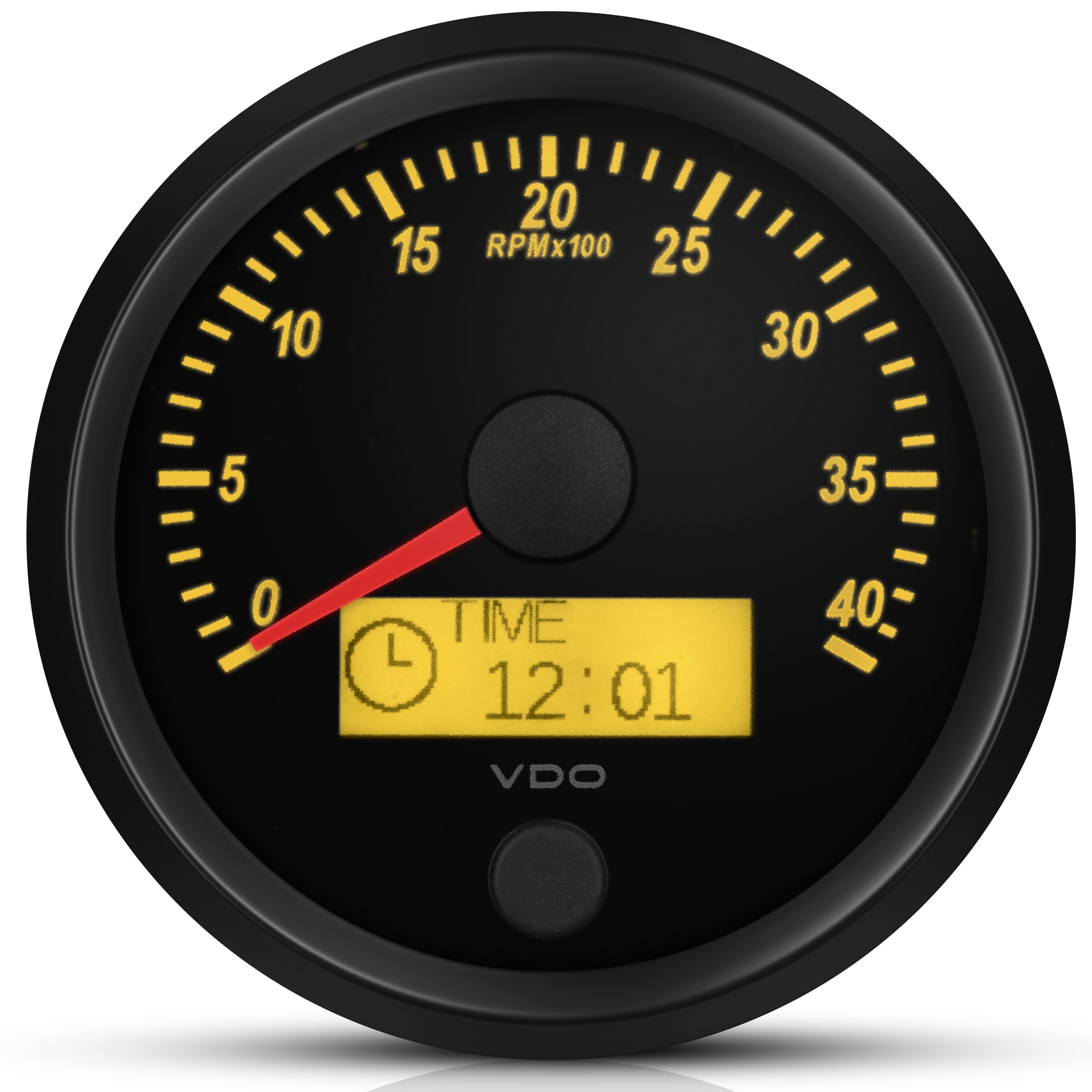Discover Exactly How a Tachometer Can Improve Your Car's Performance
Discover Exactly How a Tachometer Can Improve Your Car's Performance
Blog Article
The Value of a Tachometer in Checking Engine Speed and Efficiency in Automotive Applications
In the realm of vehicle engineering, the tachometer stands as a pivotal tool in the chauffeur's arsenal, supplying a direct home window into the inner operations of a car's engine. Past its function as a simple scale of transformations per min (RPM), the tachometer serves as a critical tool for fanatics and professionals alike, supplying real-time insights right into engine performance and health and wellness. Understanding the value of this device surpasses surface-level monitorings, delving right into the intricate connection in between engine speed, power outcome, and total driving experience. As we explore the diverse role of the tachometer in automobile applications, a much deeper appreciation for its effect on automobile characteristics and efficiency begins to arise.
Relevance of Keeping Track Of Engine RPM
Keeping track of engine RPM, or changes per minute, is a vital element of auto maintenance and performance analysis. Engine RPM directly associates with the rate at which the engine's crankshaft rotates, suggesting just how swiftly the engine is running - tachometer. By keeping track of RPM, technicians can examine the health and wellness of the engine, discover prospective issues, and fine-tune performance. An abnormal RPM analysis might indicate problems such as engine misfires, faulty spark plugs, or concerns with the gas shipment system. Regularly high RPM analyses can show hostile driving routines or the demand for a greater gear change to boost fuel efficiency.
Moreover, monitoring engine RPM is crucial for performance examination in auto racing and high-performance cars. In recap, checking engine RPM is not only crucial for spotting problems yet likewise for maximizing engine performance in different automobile applications.

Benefits of Real-Time Data
In auto applications, real-time data plays a vital duty in offering immediate understandings right into the performance and condition of the automobile. By continuously keeping an eye on numerous criteria such as engine rate, temperature level, gas usage, and a lot more, real-time information uses countless advantages that add to boosted performance and safety and security when traveling.
One significant benefit of real-time information is its capacity to sharp motorists and service technicians to any type of anomalies or issues promptly. This aggressive strategy makes it possible for quick identification of potential troubles, enabling for timely interventions to protect against further damages or break downs. Furthermore, real-time information helps with performance optimization by providing prompt comments on driving practices and engine efficiency. Vehicle drivers can change their behavior in real-time based upon this info to achieve far better fuel read the article economy and lengthen the lifespan of their lorry.

In addition, real-time data plays an essential function in modern auto diagnostics, making it possible for technicians to swiftly identify and address breakdowns. This leads to minimized downtime, reduced maintenance prices, and ultimately, enhanced total car integrity and longevity (tachometer). By taking advantage of the power of real-time information, vehicle stakeholders can make enlightened decisions that positively affect both the efficiency and longevity of the car
Influence On Equipment Shifts
Reliable gear shifts in vehicle applications significantly influence general efficiency and driving experience. The tachometer plays a crucial role in enhancing equipment changes by providing real-time engine speed data to the chauffeur. When approaching the redline on the tachometer, it signals the chauffeur to upshift to avoid over-revving the engine and creating potential damage. On the other hand, downshifting at the best minute can assist keep the engine in its power band, making certain receptive velocity when needed.
Moreover, the tachometer help in accomplishing smoother gear shifts, particularly in manual transmissions. By monitoring engine rate, vehicle drivers can implement equipment changes at the ideal RPM range, decreasing jerking movements and decreasing endure the transmission parts. This precision on duty modifications not just boosts driving comfort however also adds to sustain effectiveness.
Enhancing Fuel Performance
Offered the critical duty the tachometer plays in enhancing gear changes for performance and engine wellness, it directly adds to making the most of gas effectiveness in automobile applications. By giving real-time comments on engine speed, the tachometer helps chauffeurs in keeping the most reliable RPM variety for gas economic climate. When vehicle drivers constantly monitor the tachometer and change their driving routines accordingly, they can prevent unneeded fuel intake brought on by over-revving or carrying the engine.
Moreover, the tachometer assists drivers determine one of the most fuel-efficient gear to be click to read in at any kind of given moment, protecting against the engine from working tougher than necessary. This is especially crucial during velocity and travelling, where being in the ideal equipment can considerably affect gas efficiency. In addition, the tachometer can alert motorists to possible mechanical issues that might be adversely affecting fuel economic climate, such as a sliding clutch or a clogged air filter. In final thought, the tachometer offers as a valuable device in improving gas performance by advertising optimal driving practices and determining locations for renovation in the vehicle's performance.

Optimizing Engine Durability
The tachometer's function in monitoring engine rate and performance is critical in ensuring the durability of automotive engines. Keeping an eye on the tachometer allows motorists to remain within the recommended RPM variety for their lorry, avoiding unneeded strain on the engine and prolonging its life-span.

Verdict
To conclude, the tachometer plays a vital role in monitoring engine rate and performance in automotive applications. By giving real-time information on RPM, it permits for reliable gear shifts, improved fuel effectiveness, and made best use of engine durability. This tool is crucial for maintaining optimal engine performance and making certain the total performance of a car.
Report this page